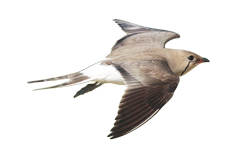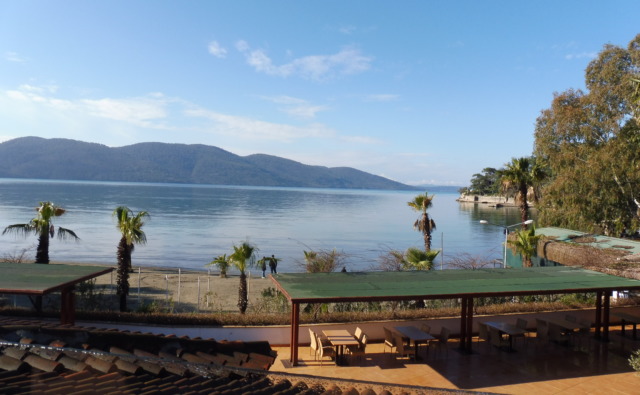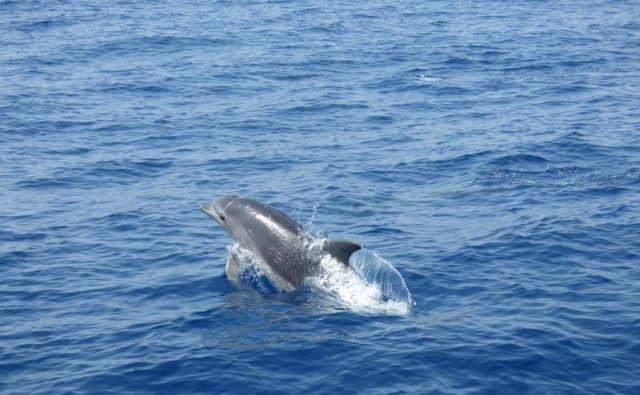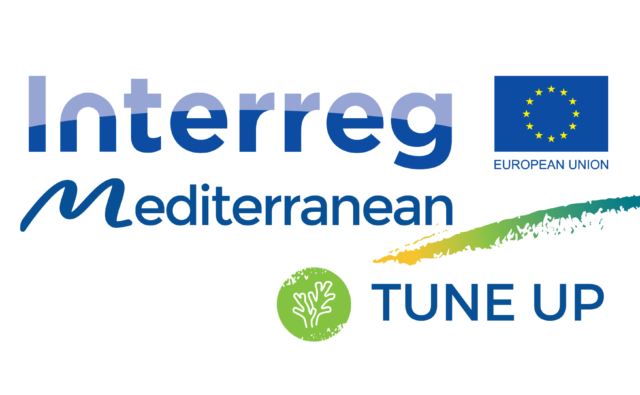“Les Marais du Verdier” association brings together inhabitants, mainly from the hamlet of Le Sambuc (commune of Arles), to manage these marshlands owned by the Tour du Valat in a concerted manner.
The marshland has been developed for about fifty years for the breeding of carp and pike-perch. Since its acquisition in 2003 and the constitution of the association in 2004, the 120 hectares are now managed to promote the high ecological value of the site, while developing activities in a collective and concerted spirit. Thus, grazing horses and cows, scientific monitoring, hunting (from mid-September to the end of January on Wednesdays and Saturdays), nature discovery, artistic activities are proposed.
A mosaic of environments, remarkable species
In 2003, the abrupt change in management linked to the cessation of fish farming activity, including this phase of total drying up of the site, resulted in massive germination of seeds contained in the sediments. Tamarisk belts thus quickly established themselves in the borrowed areas that remained wet later. In areas with varying levels of pumped water supply, habitats such as bulrushes and reedbeds were established. In areas not managed from a hydrological point of view, vegetation consisting mainly of plants adapted to summer drought, grazing and the presence of salt in the soil became established. A grass of regional and protected interest, the spurry Crypsis (Crypsis aculeata) has rapidly spread over all the salt meadows and temporarily flooded marshes, although it is mentioned as rare elsewhere in the Camargue. Similarly, the rowing glasswort, which was thought to have disappeared from the Camargue, developed in the Enganes sector.
This mosaic of environments is also favourable to a varied avifauna. The Star Bittern and the Dwarf Bittern are regular nesting birds in the reed beds. Most of the malaria passerines are represented by the Nightingale, the Turdoid and the Frightly Warbler, the Cetti’s Bush-Warbler and the Polyglot Hypolan. Many other sedentary species use the site as a feeding area (White and Black Storks, Spoonbill, Great Egret, Mallard Duck, Coot, …).
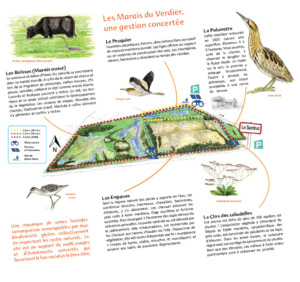
Awareness panels 2023 © Cyril Girard
In 2020, five awareness panels designed by the graphic designer and illustrator Cyril Girard will be installed on the site: “Les Marais du Verdier, une gestion concertée”, “Le Clos des Saladelles”, “Les oiseaux d’eau des Marais du Verdier”, “La roselière”.
Concerted management, an innovative approach
The innovation of this project lies in its concerted management and multi-use. The association has thus developed a shared vision, in which its activities fit:
A mosaic of Camargue wetlands, remarkable for their biodiversity, managed collectively while respecting natural cycles. The site is a support for multi-use and concerted events that promote social cohesion and well-being.
The association “Les Marais du Verdier” now has about sixty members including site users, volunteers, inhabitants and benefactors. Well beyond the initial preoccupation of hunting or grazing a few horses on the site, the association has been able to develop unexpected activities and events. For example, the marsh meal made up of wetland products brings together hunters, ornithologists, villagers and other members. Another highlight is the horse care days that bring together horse owners, farriers, veterinarians and equine osteopaths. Or the collective creation of the site’s infrastructures (platform, observatory, fencing) where each person enhances his or her know-how and contributes to the management of the site. Finally, volunteers are mobilized to monitor bird nesting or to carry out collective workcamps, in particular for the uprooting of a highly invasive plant, Baccharis halimifolia.
The brochure “Gestion partagée d’un marais en Camargue” (Shared management of a marsh in the Camargue, 2015, only in French) recounts in the form of a collection of experiences the history of the project, its consultation phase with the villagers of Sambuc, the joint development of a management plan, and the various activities.
The Factsheet of successful wetlands restoration (2023) traces the 20 years of this human adventure, including the work carried out since 2021.
Team
- Project leader: Virginie Mauclert
Project Manager – Management and restoration of Natural and Agricultural ecosystems Theme
04 90 97 29 67 / [email protected]
